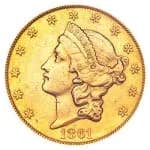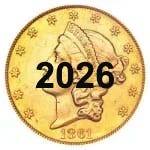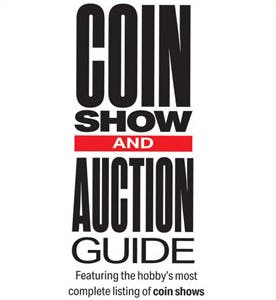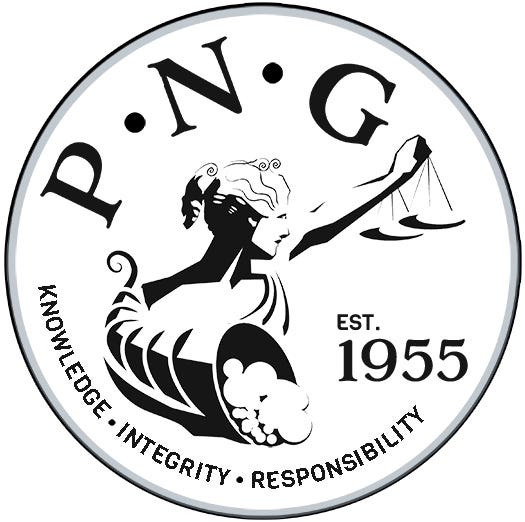Stack’s Bowers spotlights gold
Four dollar gold pieces always bring strong prices. They are patterns, but are collected as if they were regular coin issues. An 1879 Flowing Hair $4 grading Proof-66 Cameo, as…
Four dollar gold pieces always bring strong prices.
They are patterns, but are collected as if they were regular coin issues.
An 1879 Flowing Hair $4 grading Proof-66 Cameo, as adjudged by the Professional Coin Grading Service, will be one of the highlight lots in Stack’s Bowers Galleries’ sale of the Murray Hill Collection.
The sale will be conducted as the official auction of the Whitman Coin & Collectibles Winter Expo, Nov. 8-10 in Baltimore.
This piece and other gold pieces were “acquired through private acquisitions and astute auction purchases from Stack’s and Stack’s Bowers Galleries,” according to the firm.
The collection features the rarest and most desirable examples of gold issues from the United States Mint.
Another highlight lot is a “Close 3” 1873 $20 gold piece graded Proof-63 Deep Cameo with a Certified Acceptance Corporation sticker. The piece is graded by PGGS.
A 1796 Capped Bust $2.50 gold piece, BD-3, graded Numismatic Guaranty Corporation MS-63 Star, will go on the block.
The coin has stars on the obverse, making it the second design struck in the denomination’s very first year of issue.
This piece is actually scarcer at Rarity 5+ than the Rarity-4 example of the 1796 $2.50 without stars on the obverse featured in the sale. The no-stars example is graded AU-53 by PCGS Secure.
Other early federal gold issues to be offered in the sale include an NGC AU-58 1795 Capped Bust $10 gold piece. It is the 13 leaves variety, BD-1, Taraszka-1.
Another gold $10 is a 1799 Capped Bust piece with large obverse stars, BD-10, Taraszka-22. It is graded MS-61 by NGC.
The very first regular issue of the double eagle, the 1850 with a Liberty Head design, is included in the auction. It is graded PCGS MS-63.
The beauty of Augustus Saint-Gaudens’ art is represented by a High Relief, Wire Rim, Roman Numeral Date 1907 $20. It carries a grade of MS-65 as assigned by PCGS.
The $5 denomination is highlighted in the sale with an 1823 Capped Head coin graded MS-64 by PCGS.
Consignments had not yet closed as the current issue of Numismatic News went to press.
Visit www.stacksbowers.com for more details. The Baltimore auction will be conducted both live and online.
This article was originally printed in Numismatic News. >> Subscribe today.
More Collecting Resources
• The 1800s were a time of change for many, including in coin production. See how coin designs grew during the time period in the Standard Catalog of World Coins, 1801-1900 .
• More than 600 issuing locations are represented in the Standard Catalog of World Coins, 1701-1800 .









